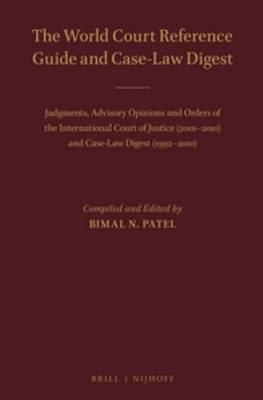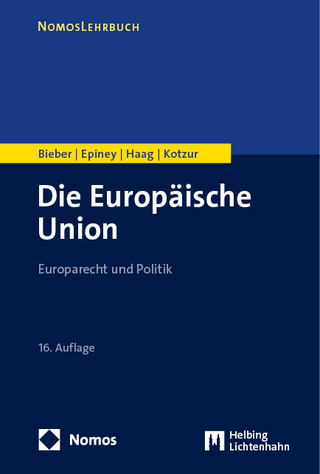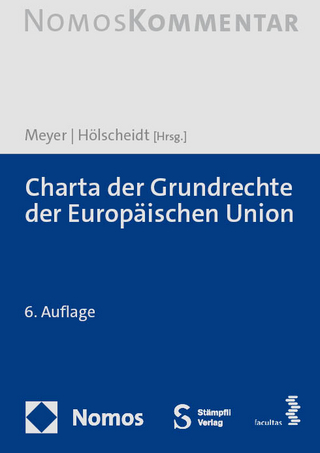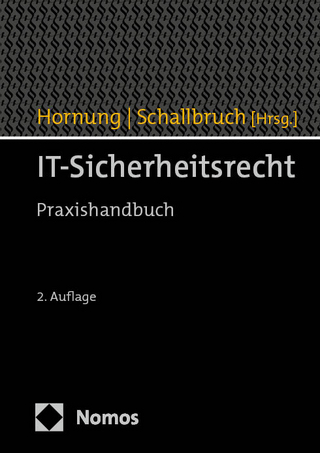
The World Court Reference Guide and Case-Law Digest
Martinus Nijhoff (Verlag)
978-90-04-26187-7 (ISBN)
This single-volume comprehensive and systematic overview of procedural and organizational aspects of the jurisprudence of the World Court covers the period from 2001 to 2010 and includes case-law digests from 1992 to 2010; it identifies analytical patterns on various procedural judicial and non-judicial matters for the first time. The volume offers: Statements of initial claims as well as counter-claims of the contentious cases; Summarized details of all orders as well as the duration of the oral and written proceedings; Summaries and headnotes, texts of the operative and final paragraphs of all judicial decisions, the composition of the Court and declarations and opinions of its Members; Systematic reference on Sources of Law; Coverage of the composition of the Litigation teams, and much more.
This work will be an indispensable reference tool for international and national judicial and quasi-judicial bodies, lawyers and law firms, and academicians alike. It will prove to be a very useful source for research on and analysis of the jurisprudence of the World Court.
Excerpt from the Foreword to this Volume by H. E. Judge Peter Tomka, President, ICJ:
“Mr Bimal Patel has assembled an impressive compilation of both institutions’ respective case load, spanning a period of 88 years; namely, from the inception of the PCIJ in 1922 to the ICJ’s recent activities, providing coverage up until 31 December 2010. Patel’s work provides us with succinct but accurate freeze-framed accounts of the contentious and advisory proceedings that made their way from the Court’s docket into orders, advisory opinions and judgments, thereby presenting a completed puzzle of the Court’s work.."
Bimal N. Patel, Ph.D., LLM, MA, BSc, is Director (Vice-Chancellor) of the Gujarat National Law University, Gujarat, India. He has research interests and published books, research papers, articles on International Law & International Organisations, International Courts and Tribunals, Indian State Practice on international law, Law of the Sea, Foreign Policy and International Law.
Foreword
Preface
Acknowledgements and a Note on Archival Research
A Brief Note about Nomenclature – “The Gulf”
List of Figures
Introduction
The Islands – “A Pile of Rock”?
Lesser Tunb
Greater Tunb
Abu Musa
1 Origins and Nature of the Dispute
Qawásim Motivations for Settling in Lengeh
Status and Extent of Independence of the Qawásim Rulers in Lengeh
Relevance of the Qawásim Reign in Lengeh to the Disputed Islands
2 The Gulf Islands Dispute in Historical Perspective
The Islands in Antiquity
The Islands during the Sixteenth Through the Eighteenth Centuries
Reliance on Historical Assumptions and Conjecture – from Antiquity to the Eighteenth Century
The Emergence of “Critical Dates” in the Nineteenth and Twentieth Centuries
The Events of the Nineteenth Century Prior to 1887
The Events of 1887
The Events of 1904
The Events of (and Preceding) 1971
uae Protests since 1971
Iran’s Stated Position
3 Modes of Acquisition and Effective Control of Territory
General Rules under International Law
Historical Consolidation of Title
Geographical Considerations and the Doctrine of Contiguity
Establishing Effective Control over Territory
Other Relevant Concepts
4 The Pre-Sixteenth Century Period and the Existence of Historic Rights of Ownership
Iranian Claims of Historic Rights of Ownership
Challenges in Establishing the Iranian Claims
Ancient or Historic Title over Territory under International Law
Analysis of Iran’s Claim of Ancient or Historic Title
Conclusions
5 The Kingdom of Hormuz, Its Conquest by Portugal in 1515 And Portugal’s Defeat at the Hands of Persia and Britain in 1622
Were the Three Islands Territories of the Kingdom of Hormuz?
In Conquering Hormuz, did Portugal Acquire Sovereignty over the Islands?
Did Portugal Subsequently Cede the Islands to Persia?
Did Persia Acquire Possession of the Islands through Conquest in 1622?
Were the Kingdom of Hormuz or Portugal Sovereign over the Islands by Virtue of Geographical Considerations?
Conclusions
6 The Early Seventeenth Century to the End of the Eighteenth Century: Were the Islands Still Terra Nullius?
Recorded Sightings and Visits to the Islands
Lack of Persian Sea Power
Theories Underlying Persian Claims of Sovereignty
Conclusions
7 The Seeds of Conflict: 1800 until 1887 – Effective Occupation
Raising of the Persian Flag at the Island of Sirri in 1887
Theoretical Framework for Asserting Acquisition of Title by Occupation
Grounds for a Persian Claim of Occupation from 1800–1887
Grounds for a Qawásim Claim of Occupation from 1800–1887
Applicable Legal Doctrines
Evidentiary Framework – Abu Musa
Legal Analysis – Abu Musa
Conclusions – Abu Musa
Evidentiary Framework – The Tunbs
Legal Analysis – The Tunbs
Conclusions – Greater Tunb
The Lesser Tunb
Conclusions – Lesser Tunb
8 The Period 1887–1971: The Possible “Critical Dates” in the Sovereignty Dispute
The Principle of the “Critical Date”
Protest and Acquiescence
Relevant Events Leading to the Possible Critical Dates
The Events of 1887/8: Factual Background
The Events of 1887/8: Is this the Critical Date of the Dispute?
The “Flag Incident” of 1903/4: Factual Background
The “Flag Incident” of 1903/4: Is This the Critical Date of the Dispute?
Events Following the Critical Dates
Conclusions
9 The mou Related to Abu Musa, the Seizure of the Tunbs by Iran on 30 November 1971 and Subsequent Events Up to the Present
Relevant Historical Developments
Legal Analysis – The Seizure of the Tunbs by Iran
Legal Analysis – Abu Musa, Its Rightful Sovereign and the Legal Status and Effects of the mou
Sovereign Ownership of Abu Musa Post – mou
Legal Status of the mou under International Law
Succession of the uae to the International Treaties of Sharjah
Is the mou Null and Void Ab Initio for Having Been Procured by the Threat of Force?
Unilateral Termination of the mou in the Absence of Breach
Breach of the mou by Iran and Its Consequences
Potential Role of the United Nations
10 Evidentiary Value of Maps in Sovereignty Disputes over Territory
Evidentiary Value of Maps under International Law
International Case Law
Seventeenth and Eighteenth Century Maps Produced by the Dutch East India Company – An Early Window on the Islands
Maps Relied on by Iran and Scholars Supporting Iran’s Claims of Sovereignty
Assessment of the Evidentiary Value of the Maps Presented by Iran and Its Supporters
Bibliography
Books and Chapters in Books
Articles
Other Sources
Cases
Treaties
National Archives
Index
| Erscheint lt. Verlag | 14.7.2014 |
|---|---|
| Sprache | englisch |
| Maße | 155 x 235 mm |
| Gewicht | 1851 g |
| Themenwelt | Recht / Steuern ► EU / Internationales Recht |
| Recht / Steuern ► Öffentliches Recht ► Völkerrecht | |
| Recht / Steuern ► Privatrecht / Bürgerliches Recht ► Internationales Privatrecht | |
| ISBN-10 | 90-04-26187-7 / 9004261877 |
| ISBN-13 | 978-90-04-26187-7 / 9789004261877 |
| Zustand | Neuware |
| Haben Sie eine Frage zum Produkt? |
aus dem Bereich


